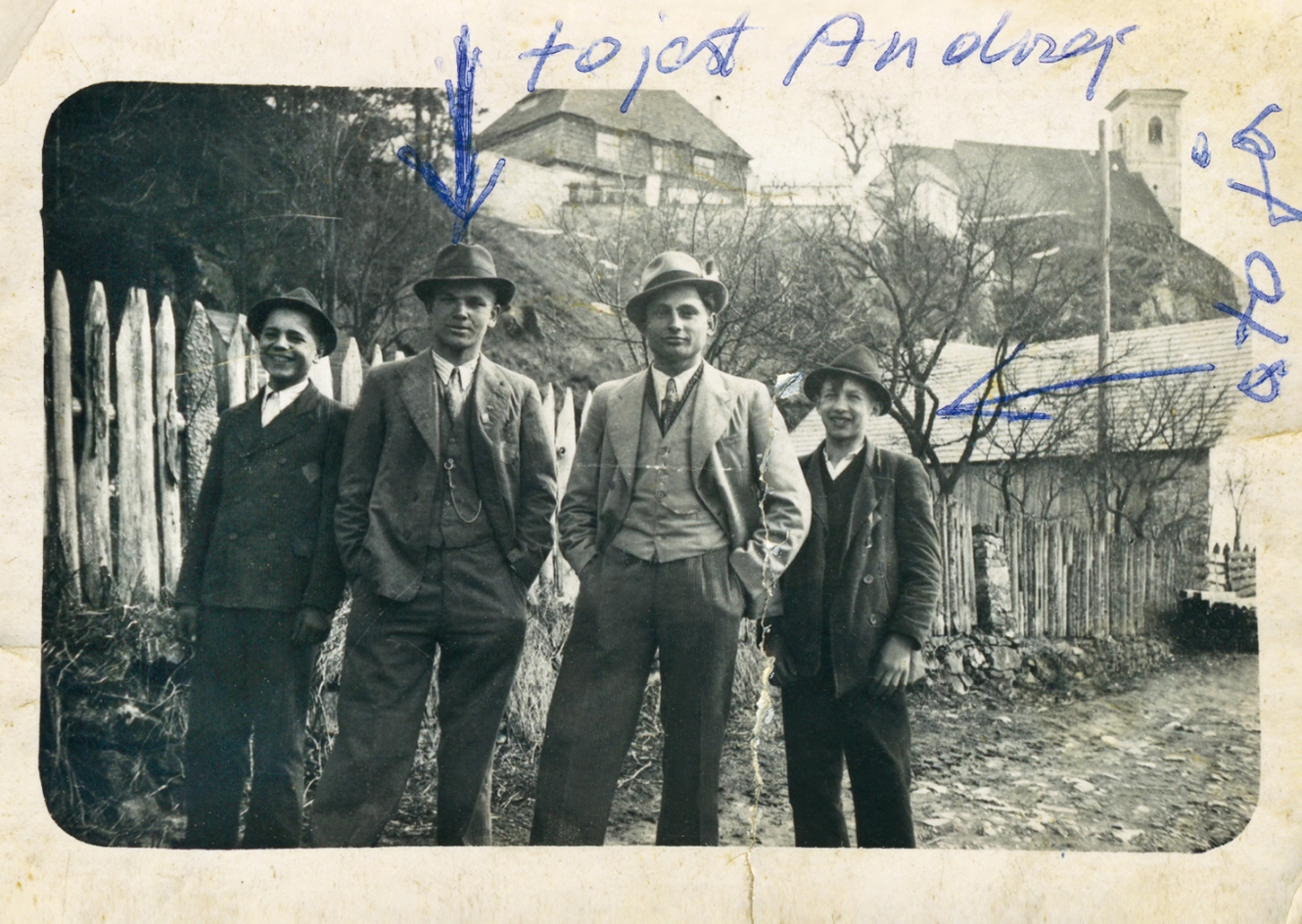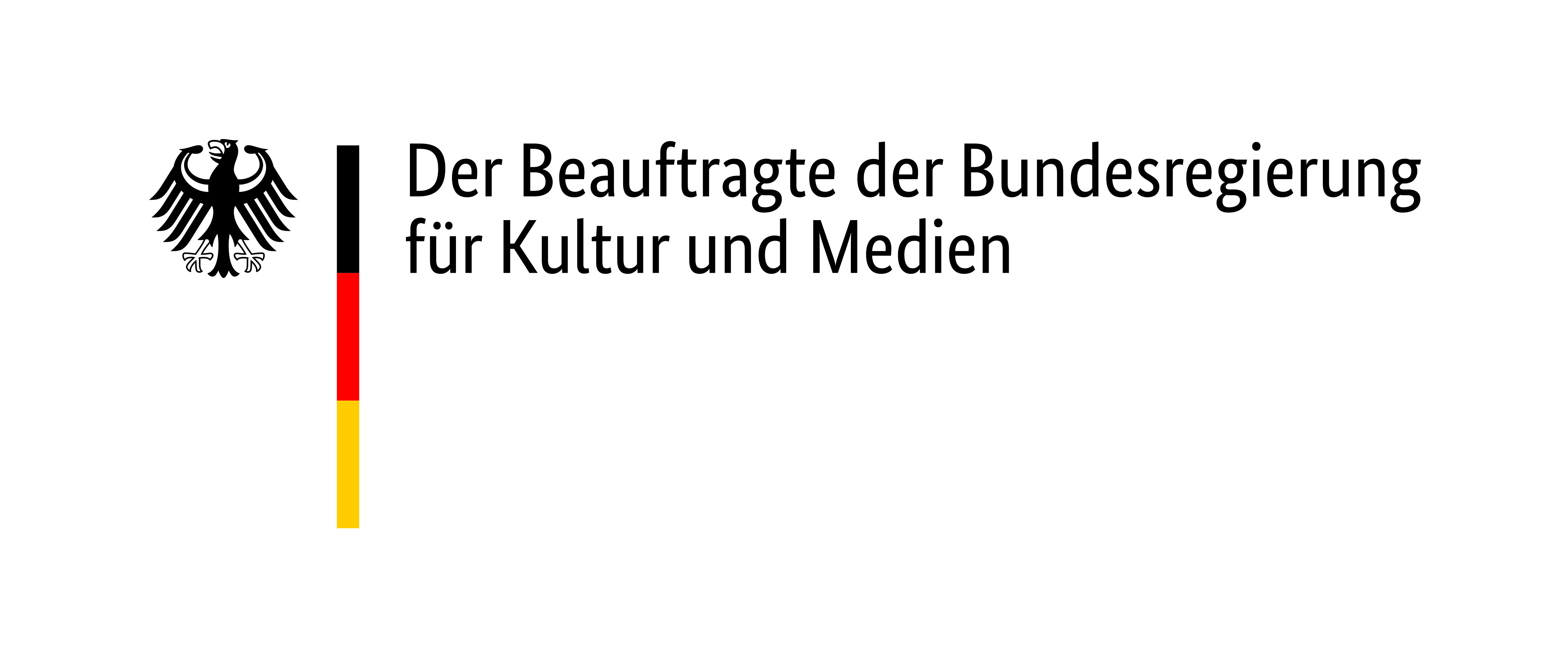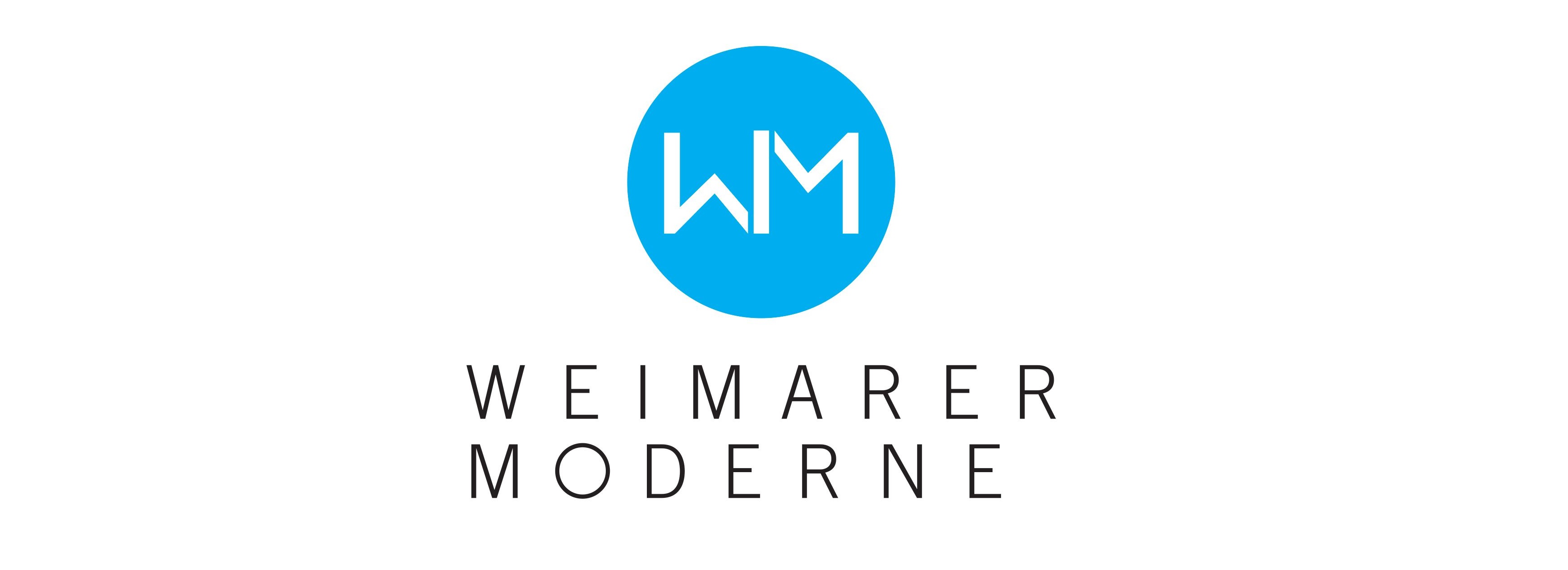

Zdzisław Żuber was 14 years old, when he was the only person in his family to be deported to Austria in 1940 to perform forced labor. He was forced to work for farmers in the Lower Austrian region of Zwettl. As the only forced laborer on the farm and far away from his family, he suffered from loneliness. No consideration was given to his young age: “It was very hard for me to get used to, since I was born in the city and here [put to] farm work right away. Oh God, what hard work! One had to get up at 5:00 am and after work go to bed at 10:00 or 11:00 pm (in summer), and in winter there was work in the forest.”
In September 1944, Zdzisław Żuber’s situation became more drastic, when he was sent to work digging trenches along the south-eastern defence line known as the Südostwall in Sankt Margarethen in Burgenland on the Austrian-Hungarian border. His strongest memories of this period include the countless injuries and diseases that he suffered during the hard forced labor along the Südostwall. Although these defences had hardly any military relevance, their construction cost the lives of some 33,000 people, most of them Hungarian Jews.
There are no existing private photographs of Zdzisław from his time at the Südostwall. The photo shown here dates from his time as a forced laborer on a farm. Zdzisław Żuber provided the photograph to the organization Stiftung Polnisch-Deutsche Aussöhnung and added two annotations: “to jest Andrzej” (that is Andrzej), “a to ja” (and that is me).
He was one of over 20 million people from throughout Europe, who had to perform forced labor for Germany under National Socialism.




